Enhance Home Energy Efficiency Through Siding Installation
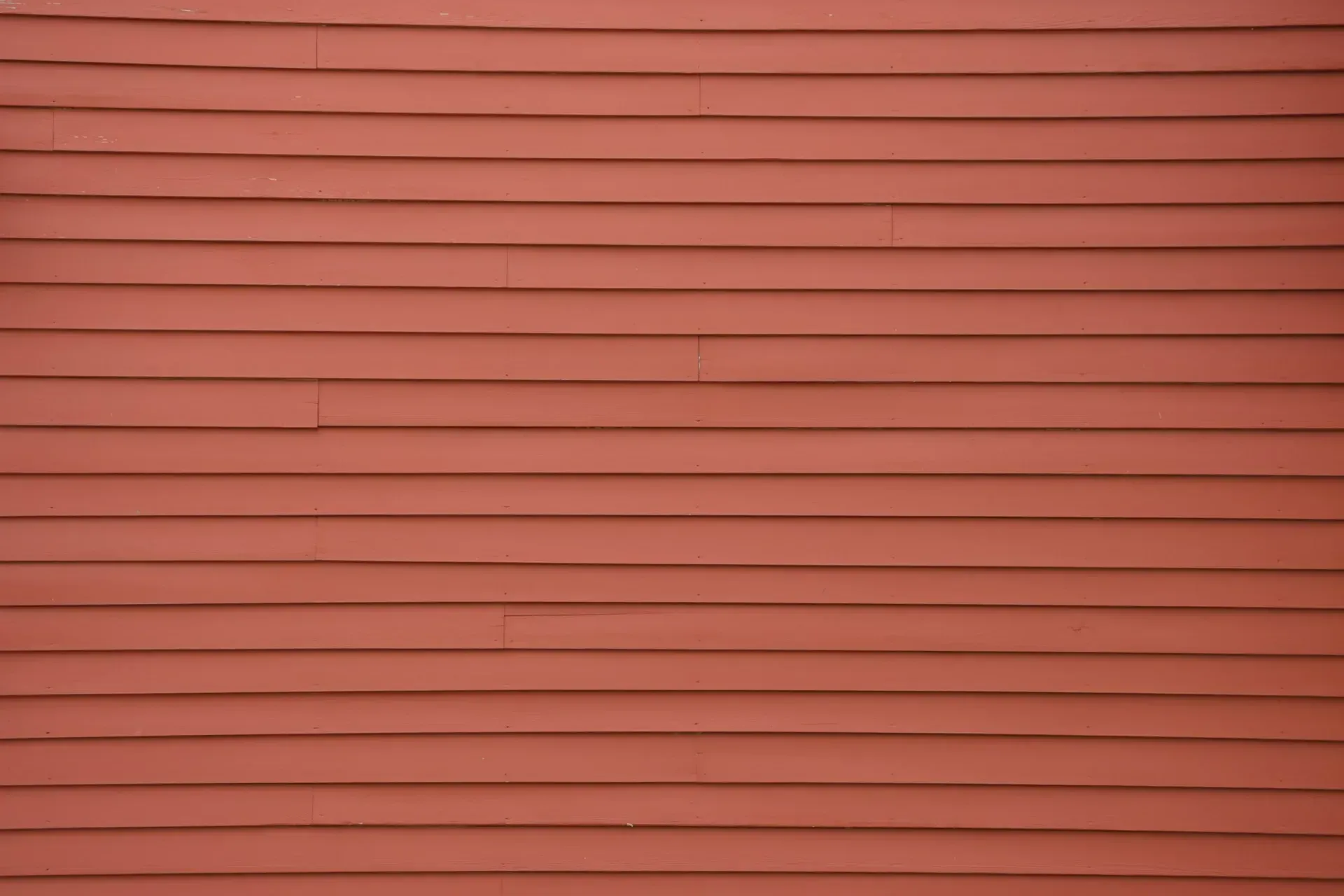
Homeowners often overlook the significant impact of siding installation on their property’s energy efficiency. Modern energy-efficient siding options provide superior insulation and long-term savings compared to traditional materials like wood and steel. The Inflation Reduction Act offers tax credits for energy-efficient home improvements, making now an ideal time to upgrade your siding. This article explores how energy-efficient siding can improve your home’s performance, lower utility bills, and enhance comfort. Discover the best siding materials, understand R-value ratings, and learn practical tips for maximizing your investment in energy-efficient siding.
Key Takeaways
- Energy-efficient siding improves home insulation and reduces energy bills
- Proper installation and maintenance maximize the benefits of energy-efficient siding
- Different siding materials offer varying R-values, impacting overall energy efficiency
- Selecting a qualified contractor is crucial for optimal siding installation and performance
- Homeowners report significant energy savings and increased comfort after installing energy-efficient siding
Exploring the Benefits of Energy-Efficient Siding for Your Home
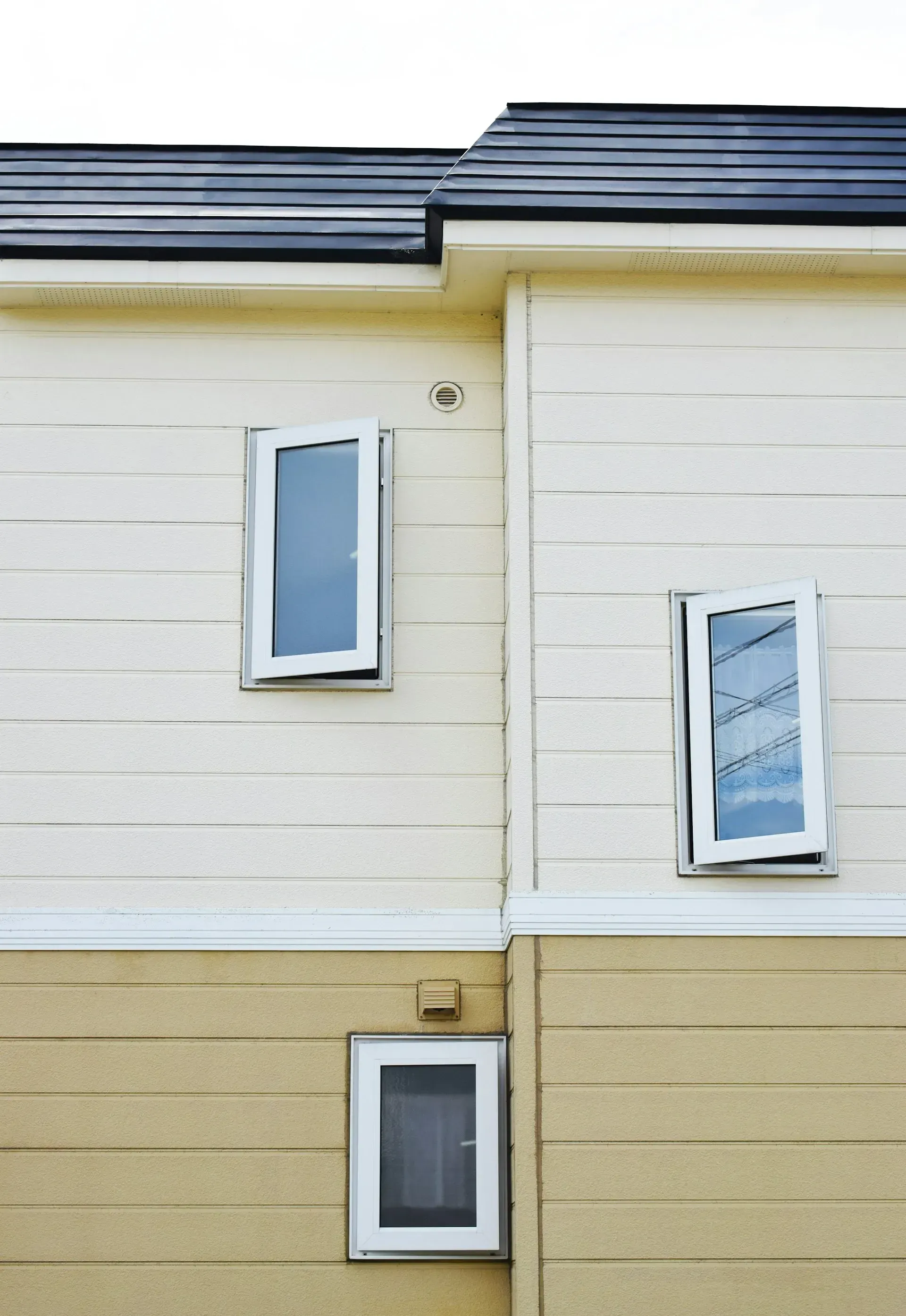
Energy-efficient siding is a valuable tool for enhancing a home’s insulation and reducing carbon emissions. Using advanced materials, homeowners can significantly improve comfort and achieve energy savings. This type of siding helps prevent mold growth and complements other insulation methods like spray foam. The benefits extend beyond immediate comfort, offering long-term cost savings that can offset the initial investment.
Reduced Energy Bills Through Improved Insulation
Energy-efficient siding serves as a barrier against heat transfer, reducing the demand on heating and cooling systems. This enhanced insulation results in lower energy costs and decreased greenhouse gas emissions, promoting sustainability. Unlike traditional materials like brick or paint, modern siding options provide superior thermal protection, helping homeowners save significantly on utility bills while minimizing their environmental footprint.
Enhanced Comfort Levels Across Seasons
Energy-efficient siding enhances a home’s comfort by improving the building envelope, reducing temperature fluctuations, and creating a stable indoor environment. This upgrade decreases reliance on electricity for heating and cooling, contributing to lower energy costs. As a key element of green building practices, energy-efficient siding works alongside features like an insulated roof to maintain optimal indoor temperatures, supporting a comfortable living space and sustainability goals.
Long-Term Cost Savings vs. Initial Investment
Although the initial investment in energy-efficient siding may seem high, the long-term cost savings often outweigh the upfront expenses. Homeowners benefit from reduced utility bills due to improved thermal insulation, which minimizes heat transfer through walls. These savings are especially noticeable when combined with other insulation methods, such as foam or stone veneer. Over time, the reduction in energy consumption, lower utility bills, improved home comfort, enhanced property value, and decreased environmental impact make energy-efficient siding a smart financial choice.
Identifying the Most Energy-Efficient Siding Options
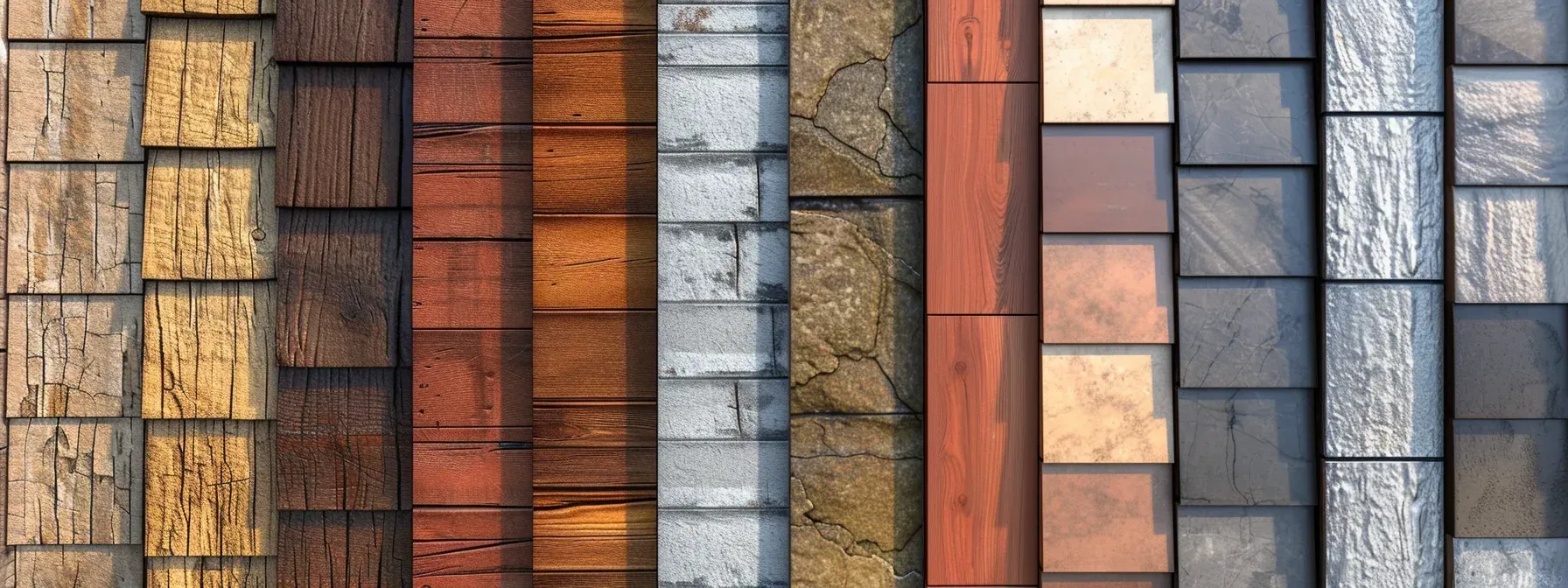
Choosing the right siding material is essential for enhancing a home’s energy efficiency and reducing its carbon footprint. Understanding the insulation properties of various siding options can lead to significant savings on heating and cooling costs. Materials like insulated vinyl, fiber cement, engineered wood, and stucco each offer distinct benefits in thermal performance and durability. Some of these materials may also qualify for tax incentives, making them appealing to budget-conscious homeowners. By comparing these energy-efficient siding choices, homeowners can make informed decisions that suit their climate needs and aesthetic preferences.
Comparing Insulated Vinyl and Fiber Cement Siding
Insulated vinyl siding and fiber cement siding offer unique benefits for enhancing a home’s exterior. Insulated vinyl siding includes a layer of polystyrene foam, which can provide additional insulation. However, it’s important to note that while insulated siding can contribute to energy efficiency, it is not a replacement for proper wall insulation. For comprehensive insulation in your existing walls, RetroFoam injection foam insulation is the ideal solution. Fiber cement siding, although not inherently insulating, is highly durable in extreme weather conditions and can be combined with additional insulation materials to improve HVAC efficiency.
The Advantages of Engineered Wood and Stucco
Engineered wood and stucco are excellent energy-efficient siding options. Engineered wood combines the natural beauty of wood with enhanced durability and insulation properties, often supported by a robust warranty. Stucco offers excellent thermal mass and wind resistance, making it an energy-efficient choice for various climates.
Steel Siding: Durable and Eco-Friendly Choice
Steel siding is a durable and eco-friendly option for homeowners looking to enhance energy efficiency. Its exceptional strength allows it to withstand extreme weather conditions, including ice, while complying with stringent building codes. Unlike engineered wood, steel siding requires minimal maintenance and can improve energy performance throughout the home, from the bathroom to the attic.
Understanding R-Value in Energy-Efficient Siding
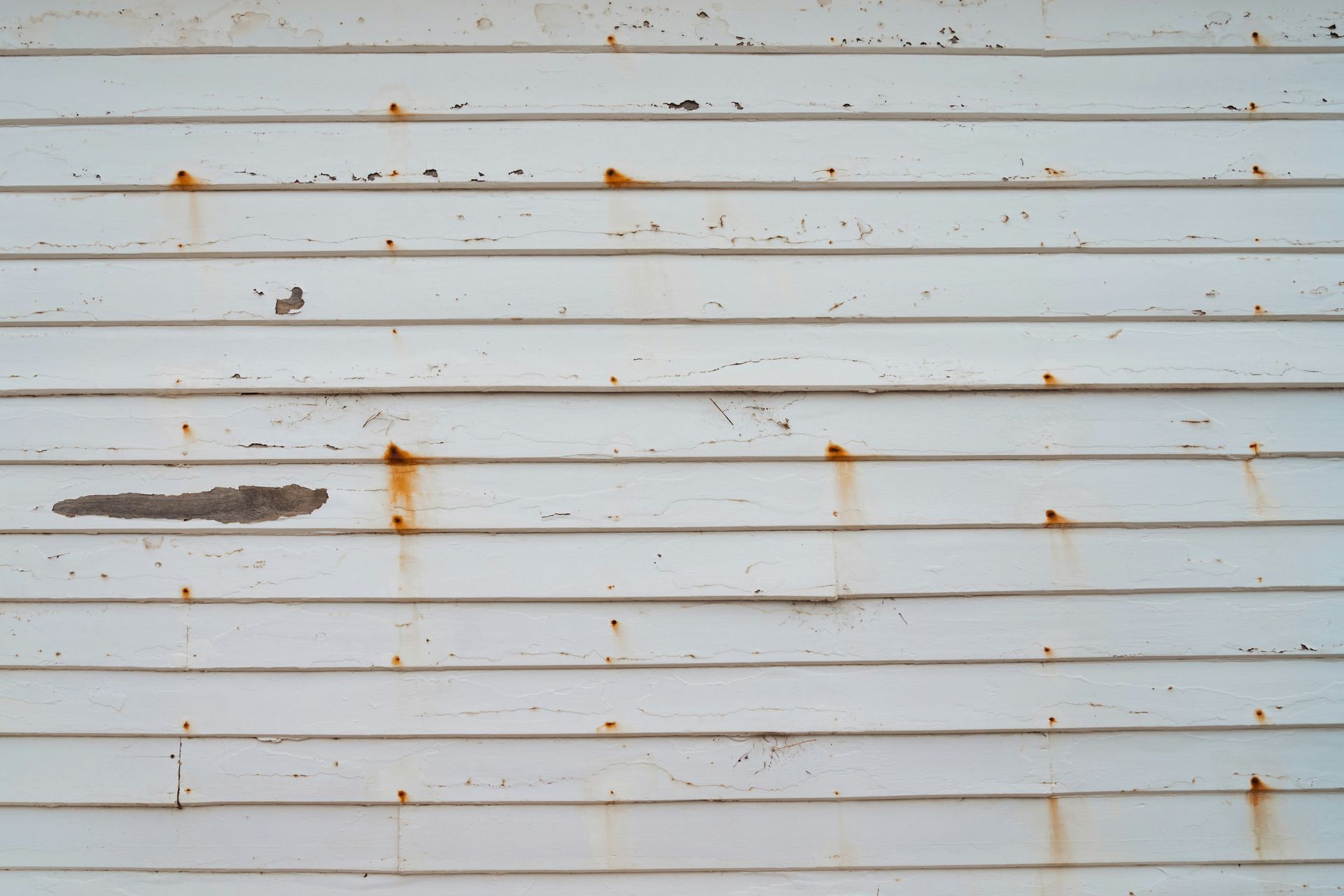
R-value (Resistance-value) is a critical factor in determining a home’s energy efficiency, influencing insulation effectiveness and energy costs. This measure of thermal resistance affects how well siding materials prevent heat transfer, impacting overall comfort and expenses. Understanding R-values allows homeowners to make informed decisions when selecting siding materials, considering factors like recycling potential, rain resistance, and budget. By evaluating the R-values of different siding options, property owners can optimize their home’s energy performance and potentially reduce long-term costs.
How R-Value Affects Your Home’s Energy Efficiency
R-value is a key factor in a home’s energy efficiency, indicating the thermal resistance of siding materials. Higher R-values mean better insulation, which can reduce energy consumption and lower utility bills. When combined with energy-efficient roofing and metal components, siding with a high R-value can help homeowners achieve Energy Star certification. This combination adapts well to various climate conditions while maintaining the desired aesthetics.
Decoding the R-Values of Various Siding Materials
Different siding materials offer varying R-values, affecting a home’s energy efficiency and protection against extreme weather conditions like snow. Insulated vinyl siding typically has R-values between 2 and 5, providing good insulation. Fiber cement siding offers R-values around 0.5 to 1, while engineered wood siding ranges from 0.5 to 1.5. Foam-backed steel siding provides R-values from 2.5 to 4. Understanding these values helps homeowners, especially in colder regions, make informed decisions about siding investments, considering factors like window insulation and moisture resistance.
The Transformation: Before and After Energy-Efficient Siding Installation
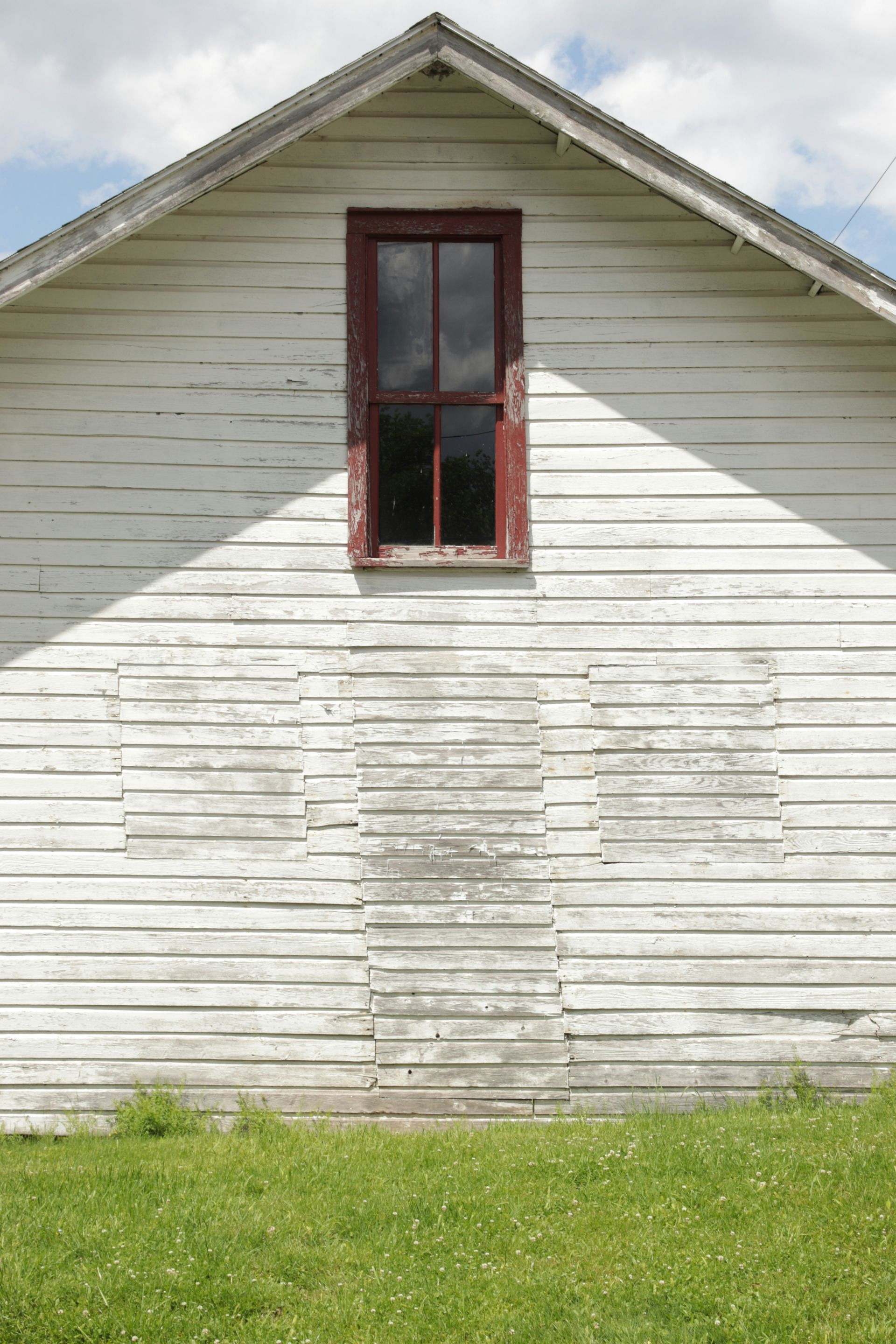
Energy-efficient siding installation can significantly enhance a home’s appearance and performance. Homeowners often experience noticeable improvements in visual appeal and thermal comfort after upgrading to insulated siding. An energy audit before and after installation can show substantial gains in heat retention and overall efficiency. Modern siding materials, such as cement-based compounds, not only improve aesthetics but also offer better protection against pests and weather elements. Real-life testimonials from homeowners highlight the tangible benefits of this upgrade, including reduced energy bills and increased property value.
Visual and Thermal Improvements to Expect
Energy-efficient siding installation enhances both the visual appeal and thermal performance of homes. Fiber cement siding, known for its sleek, modern appearance, also improves insulation. Homeowners often experience reduced energy bills and increased comfort following siding replacement, with some materials even facilitating renewable energy integration. The installation process strengthens the building envelope, creating a more stable indoor environment and potentially increasing property value.
Testimonials: Real Home Energy Efficiency Gains
Homeowners who have installed energy-efficient siding report significant improvements in energy conservation and comfort. Many share experiences of reduced heat transfer through walls, resulting in lower utility bills and more stable indoor temperatures. For example, a family in Minnesota saw a 30% decrease in heating costs after installing insulated vinyl siding, while a homeowner in Texas experienced a 25% reduction in cooling expenses during summer. These testimonials highlight the tangible benefits of energy-efficient siding, including reduced energy bills by 20-30%, improved indoor comfort, enhanced curb appeal, increased property value, better protection against weather elements and pests, and a decreased carbon footprint.
Practical Tips for Maximizing Energy Efficiency With New Siding
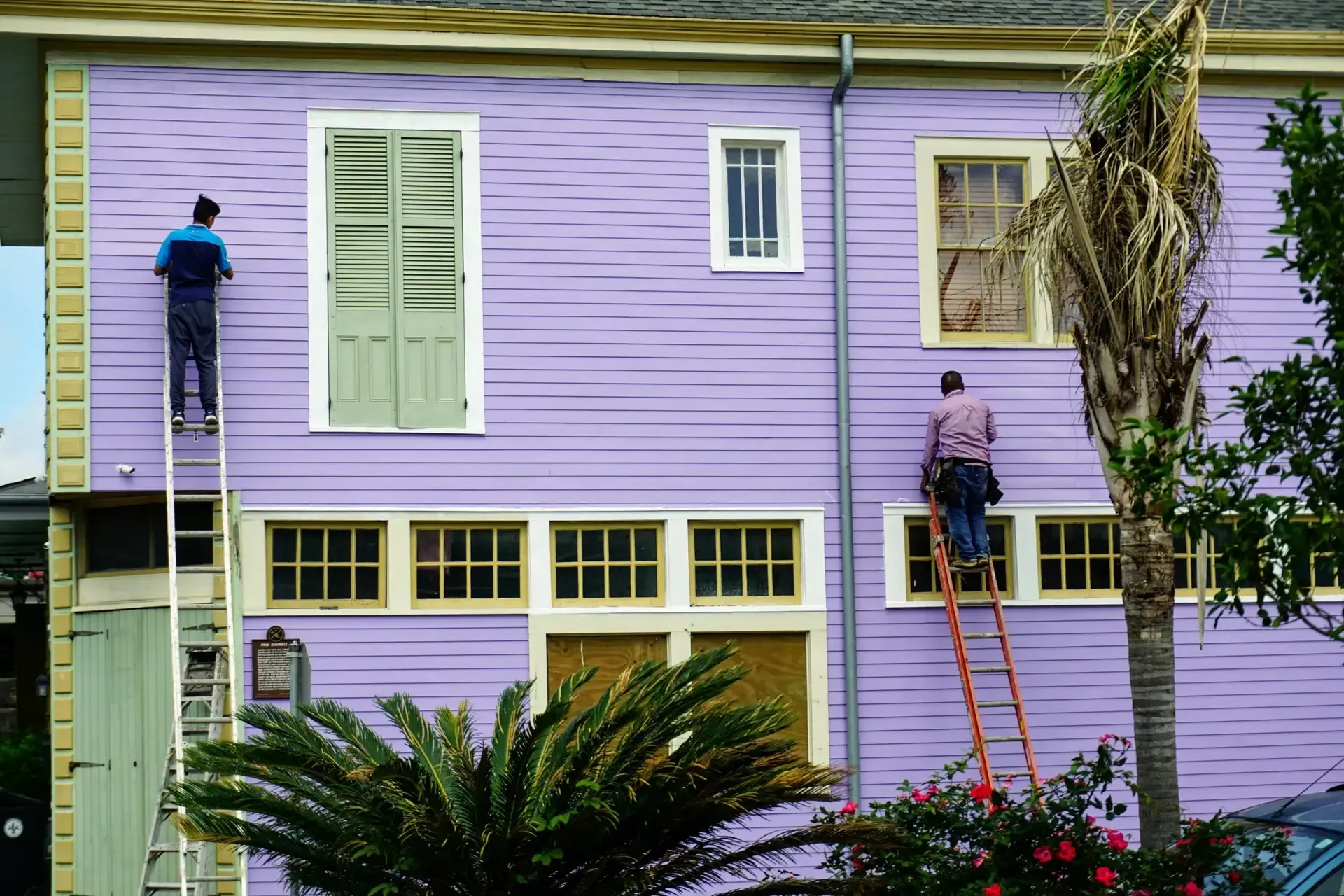
Installing new siding is an excellent opportunity to enhance a home’s energy efficiency. While the siding itself offers insulation benefits, homeowners can further maximize energy savings by implementing proper sealing and insulation techniques. Regular maintenance also plays a crucial role in maintaining the siding’s effectiveness. These measures not only improve the home’s thermal performance but also extend the lifespan of the siding, ensuring long-term energy efficiency and comfort.
Seal and Insulate: Key Steps Beyond Siding Installation
Sealing and insulating are crucial steps in maximizing energy efficiency during siding installation. Homeowners should prioritize air sealing around windows, doors, and other openings to prevent drafts and heat loss. Adding insulation, such as foam board or spray foam, behind new siding can significantly enhance thermal performance, especially in older homes. Implementing a vapor barrier, like a breathable house wrap, helps prevent moisture damage. These measures work together with energy-efficient siding to create a more robust thermal envelope, improving the home’s overall efficiency.
Maintenance Tips to Sustain Energy Efficiency
Regular maintenance is crucial for sustaining the energy efficiency of new siding. Homeowners should inspect their siding annually for damage, such as cracks or gaps, and promptly address any issues to prevent energy loss. Cleaning the siding as recommended by the manufacturer helps maintain its reflective properties and overall performance. Periodic energy audits, conducted every 3-5 years, can identify areas for improvement and ensure the siding continues to provide optimal energy efficiency over time.
How to Choose the Right Contractor for Energy-Efficient Siding Installation

Selecting the right contractor for energy-efficient siding installation is essential for maximizing the benefits of this home improvement project. A skilled professional ensures proper installation, which is crucial for the siding’s performance and longevity. Homeowners should prioritize contractors with specific qualifications and experience in energy-efficient solutions. When evaluating quotes, it’s important to look beyond the price and consider the overall value offered by each contractor. Understanding these key factors helps homeowners make informed decisions, leading to optimal energy efficiency and long-term satisfaction with their siding investment.
Qualifications to Look for in a Siding Contractor
When choosing a siding contractor for energy-efficient installation, homeowners should prioritize specific qualifications. Key criteria include proper licensing, insurance coverage, and certifications from reputable industry organizations. It’s essential that the contractor has experience with energy-efficient materials and installation techniques, as well as a proven track record of successful projects in the local area. Additionally, contractors who offer energy audits and can provide recommendations for maximizing efficiency are valuable. Homeowners can verify these qualifications by checking with local licensing boards, requesting proof of insurance, and confirming industry certifications.
Evaluating Contractor Quotes: Price vs. Value
When evaluating contractor quotes for energy-efficient siding installation, homeowners should consider both price and value. A lower price might be appealing, but it’s crucial to assess the quality of materials, the expertise of the installation team, and the potential for long-term energy savings. Contractors who provide comprehensive services, including energy audits and proper insulation, may offer better value despite higher initial costs. Homeowners should compare quotes based on the quality of siding materials and their energy-efficiency ratings, the inclusion of additional insulation and air sealing measures, warranty coverage and post-installation support, estimated energy savings and return on investment, and the contractor’s experience and reputation in energy-efficient installations.
Conclusion
Energy-efficient siding installation provides homeowners with an effective way to enhance insulation, lower energy bills, and improve overall comfort. By choosing the right materials, such as insulated vinyl or fiber cement, and understanding the importance of R-values, homeowners can greatly enhance their home’s thermal performance and reduce their carbon footprint. Proper installation techniques, including air sealing and additional insulation, further maximize the benefits of new siding, creating a more robust thermal envelope. Selecting a qualified contractor with expertise in energy-efficient solutions ensures optimal results and long-term value for this crucial home improvement investment.


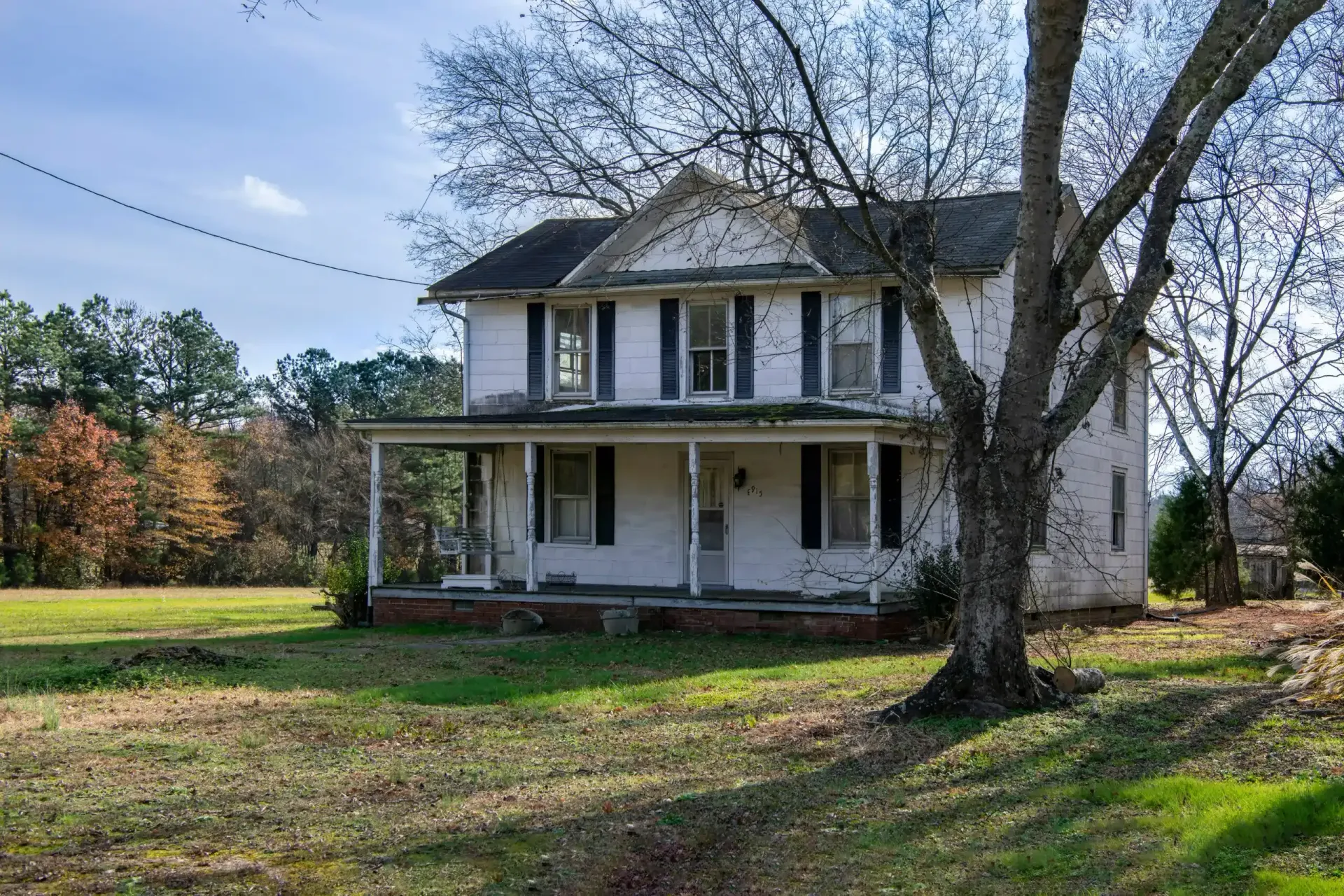
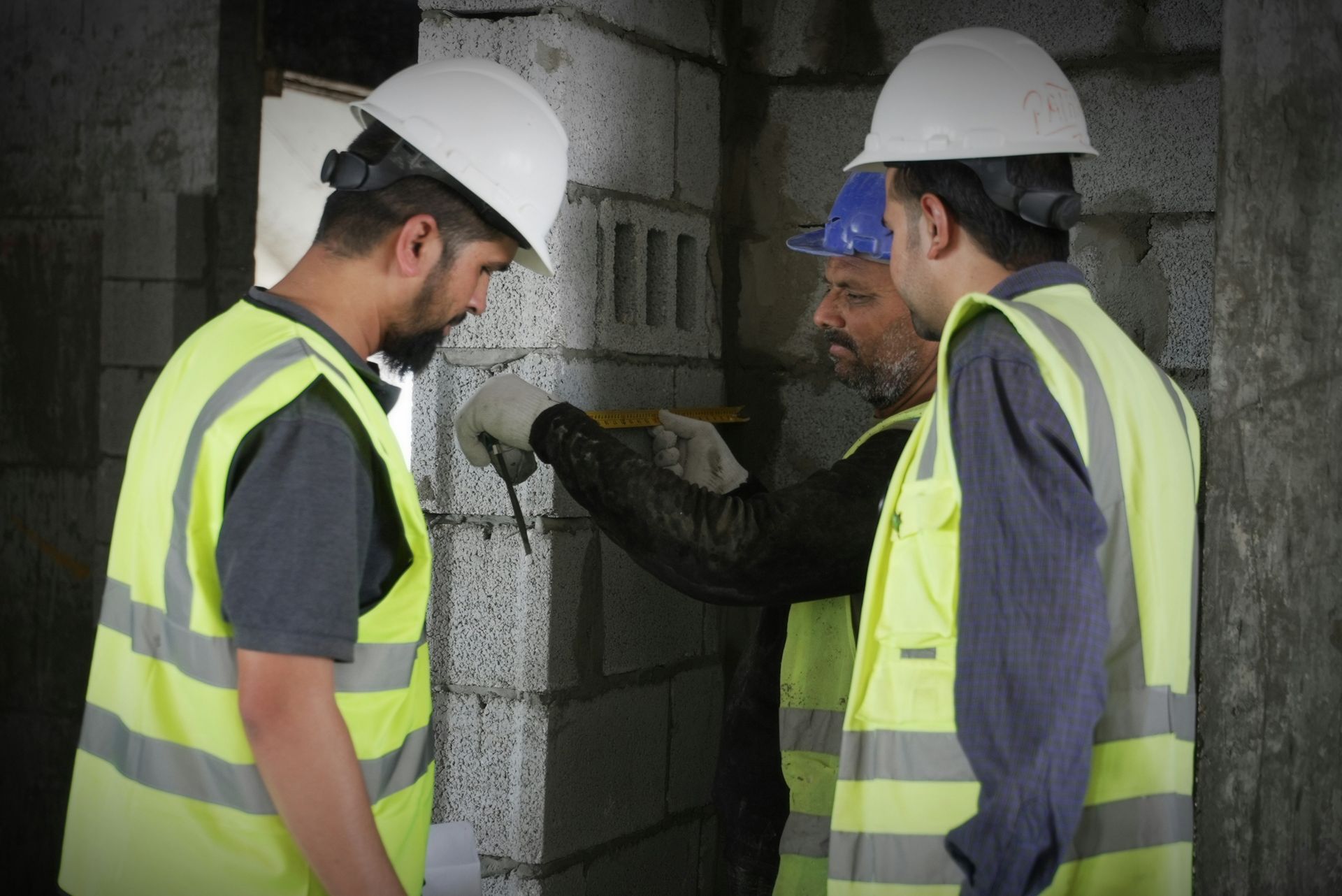
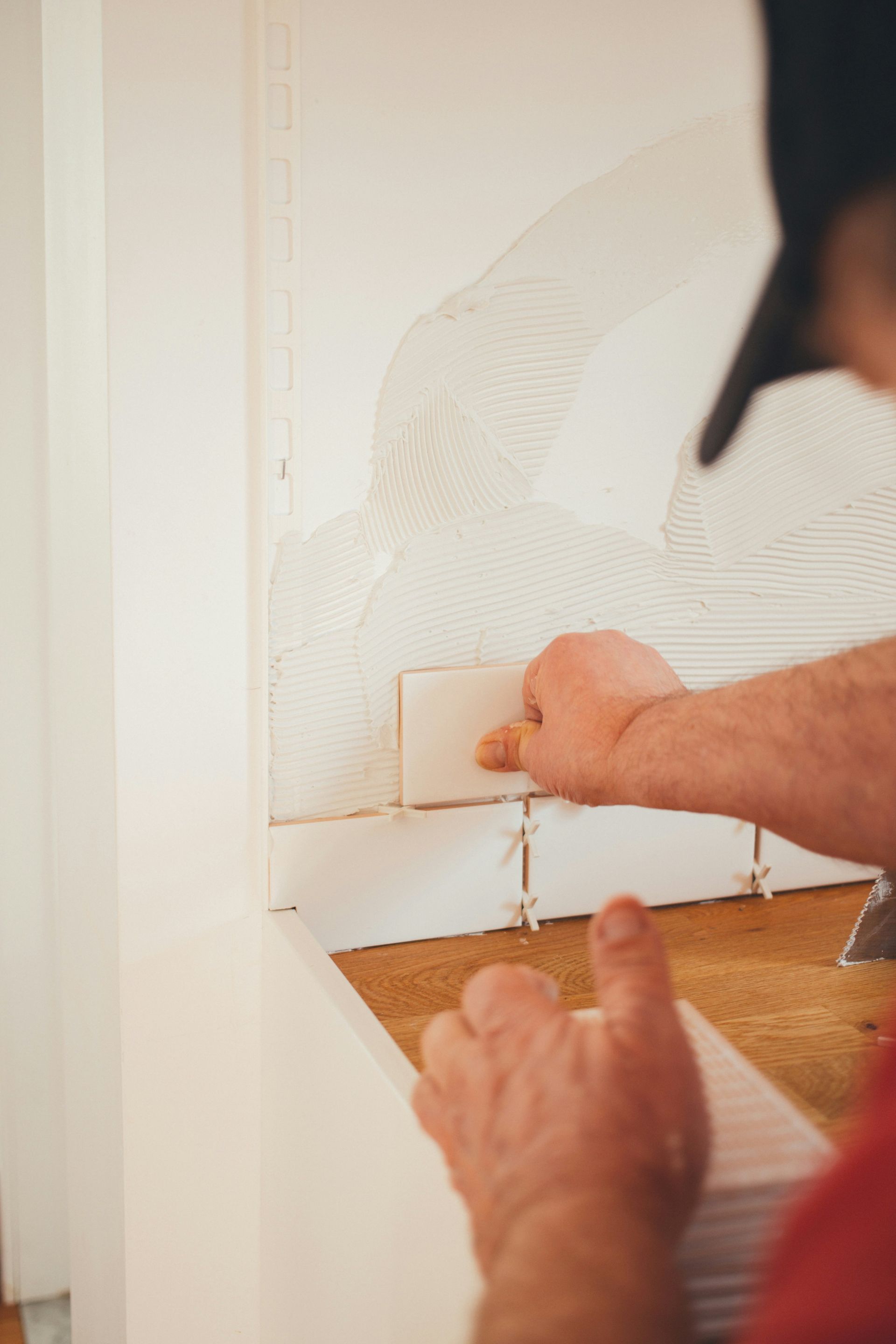

Share On: